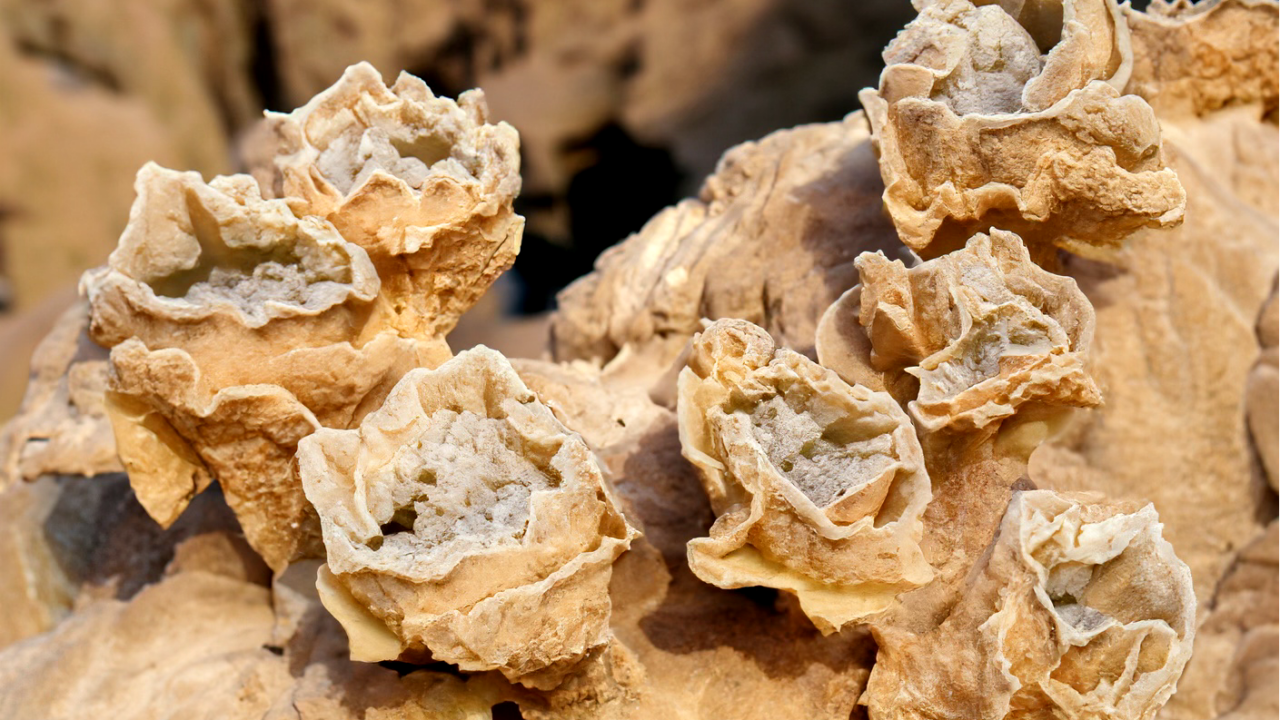In the heart of arid, sun-baked landscapes, where life often seems like an impossible feat, a hidden treasure awaits those who dare to explore. Desert roses, enigmatic crystal formations found in some of the world’s most unforgiving deserts, emerge as radiant masterpieces of nature’s artistry. In this blog post, we embark on a captivating journey to discover the mesmerizing beauty and fascinating origins of these geological marvels that grace the harshest terrains on Earth.
The Genesis of Desert Roses
Desert roses, also known as “sand roses” or “selenite roses,” are not true roses but rather mineral formations that arise from the intricate interplay of water, minerals, and time. They typically occur in arid regions where evaporation and crystallization processes create their unique and intricate structures.
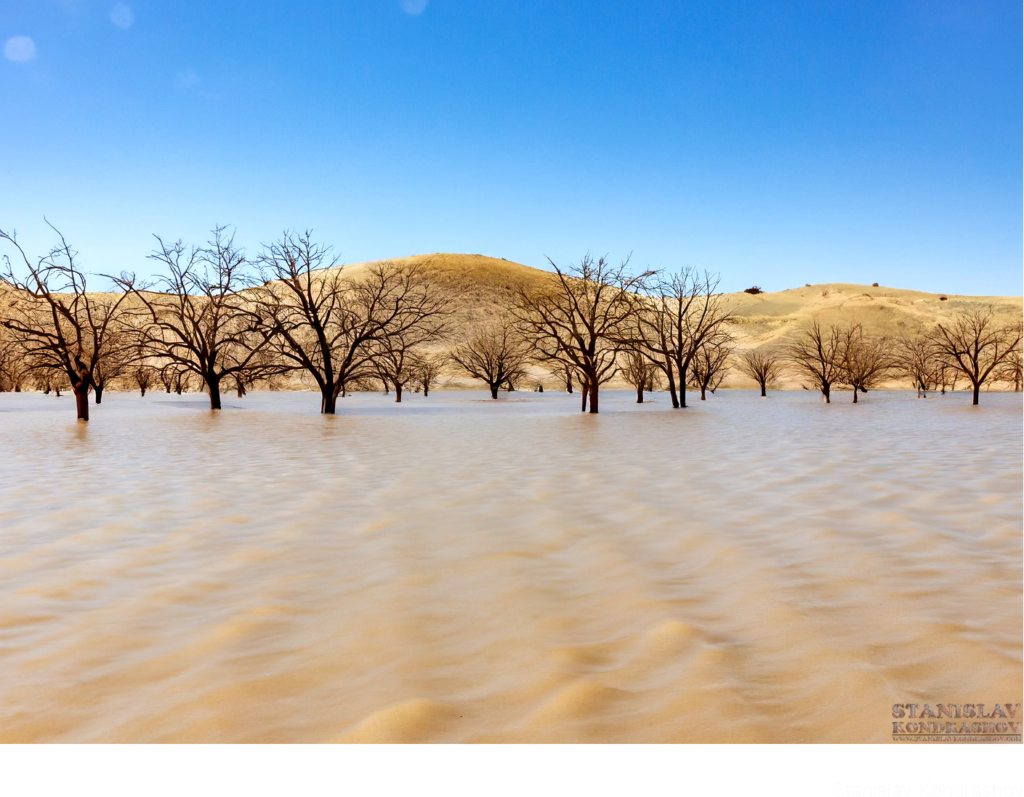
A Dance of Elements
To understand the birth of a desert rose, envision a desert flooded with rainwater or buried beneath ancient seas. As the waters evaporate, minerals such as gypsum (calcium sulfate) are left behind. Over eons, the gypsum crystallizes, forming the delicate petals and intricate rosette shapes that characterize desert roses.
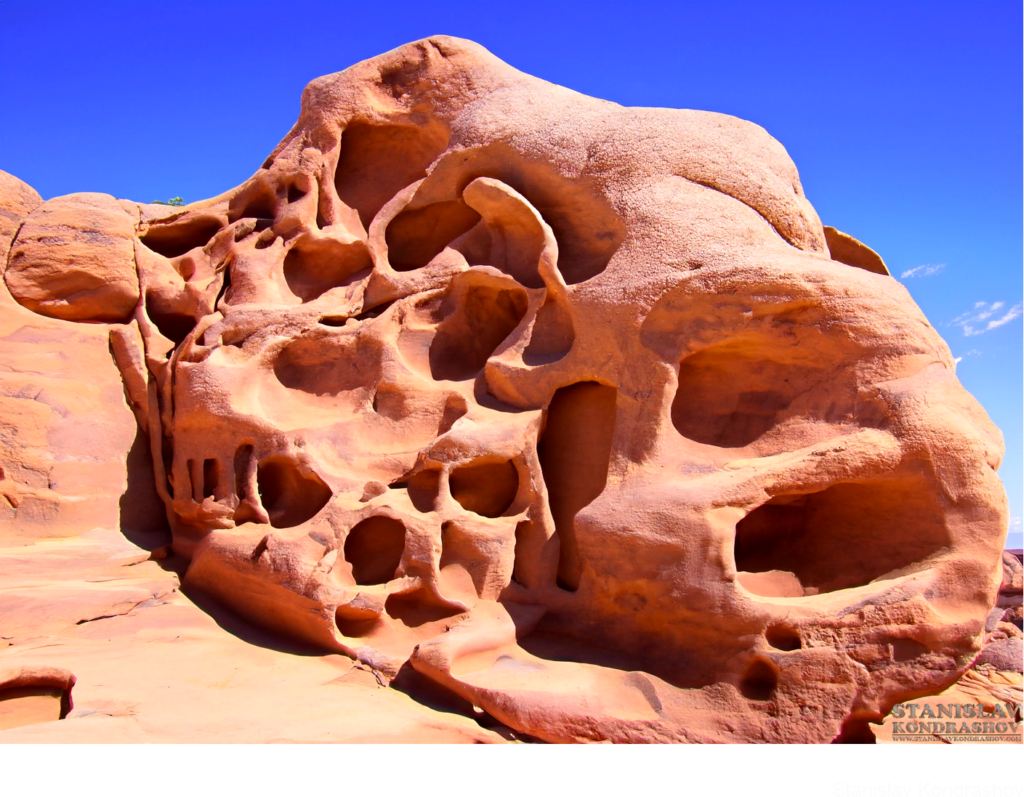
The Diverse Landscapes
While desert roses are found in arid regions across the world, some of the most famous locations for these mineral wonders include the Sahara Desert in Africa, the deserts of the American Southwest, and the Arabian Desert. Each region’s unique geological history and environmental conditions contribute to the distinct appearance of its desert roses.
The Artistry of Nature
Desert roses are often prized for their stunning aesthetics. Their delicate layers of translucent crystals form rosettes that can range in size from small, intricate clusters to larger, more complex structures. The crystals’ radiance can create a kaleidoscope of colors, from dazzling whites and pale pinks to warm yellows and earthy browns.
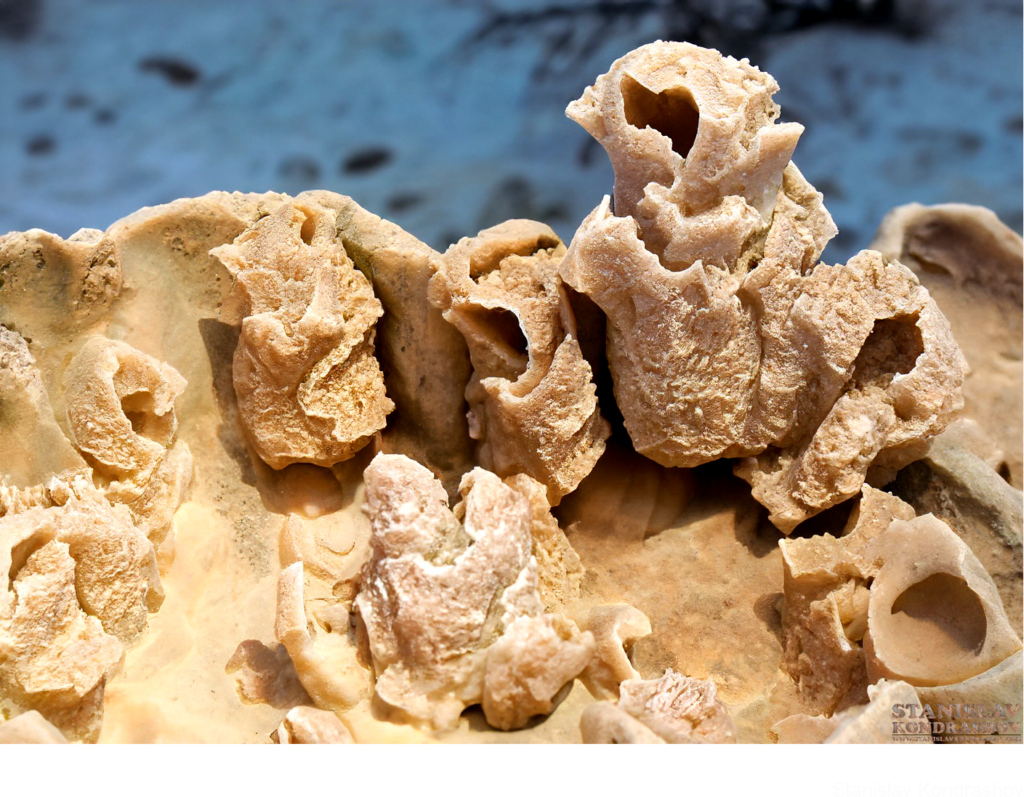
Cultural Significance
Throughout history, desert roses have held cultural and spiritual significance in various societies. They are often regarded as symbols of protection, resilience, and beauty in the face of adversity. Indigenous peoples and desert-dwelling cultures have cherished these unique formations for generations.
Conservation and Responsible Exploration
As natural wonders, desert roses are vulnerable to habitat destruction and illegal collection. It is essential to approach these fragile formations with care and respect for their environment. Responsible exploration and conservation efforts are crucial to preserving these geological treasures for future generations to marvel at.
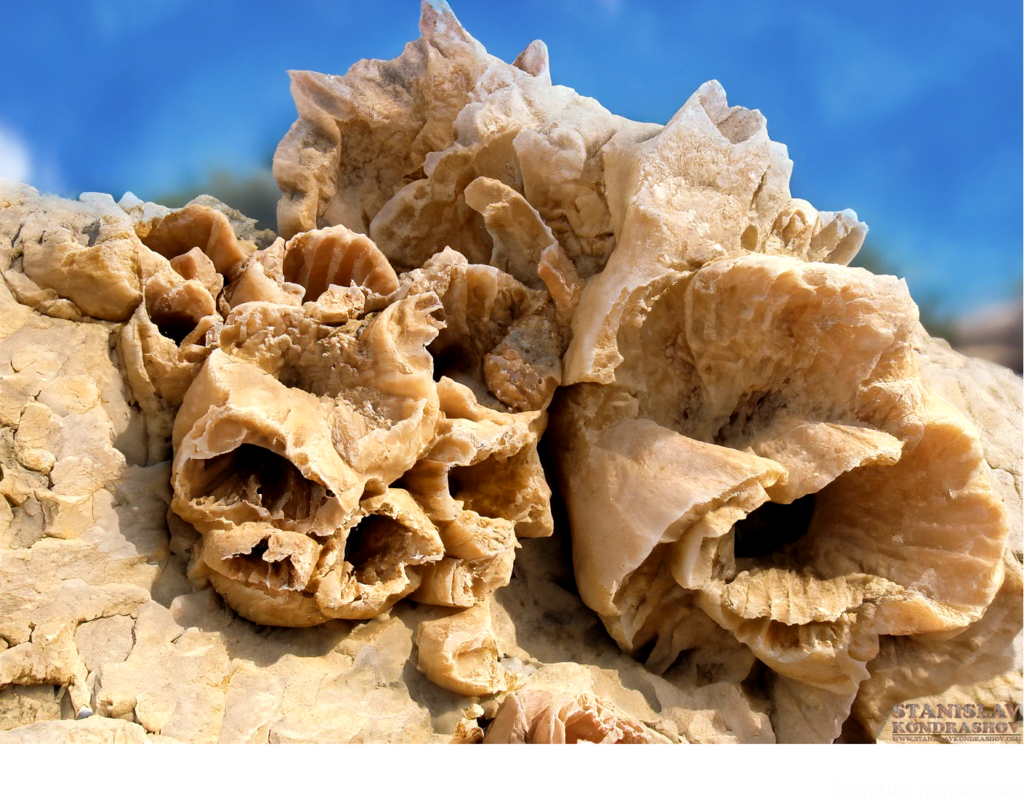
Desert roses are nature’s own masterpieces, hidden away in some of the harshest and most remote corners of the Earth. Their delicate beauty serves as a reminder of the extraordinary artistry that can emerge from the unlikeliest of circumstances. As we explore these enchanting crystal formations, we are invited to appreciate the resilience of life and the boundless creativity of our planet, where even the most arid landscapes can give birth to breathtaking works of natural art.
By Stanislav Kondrashov
